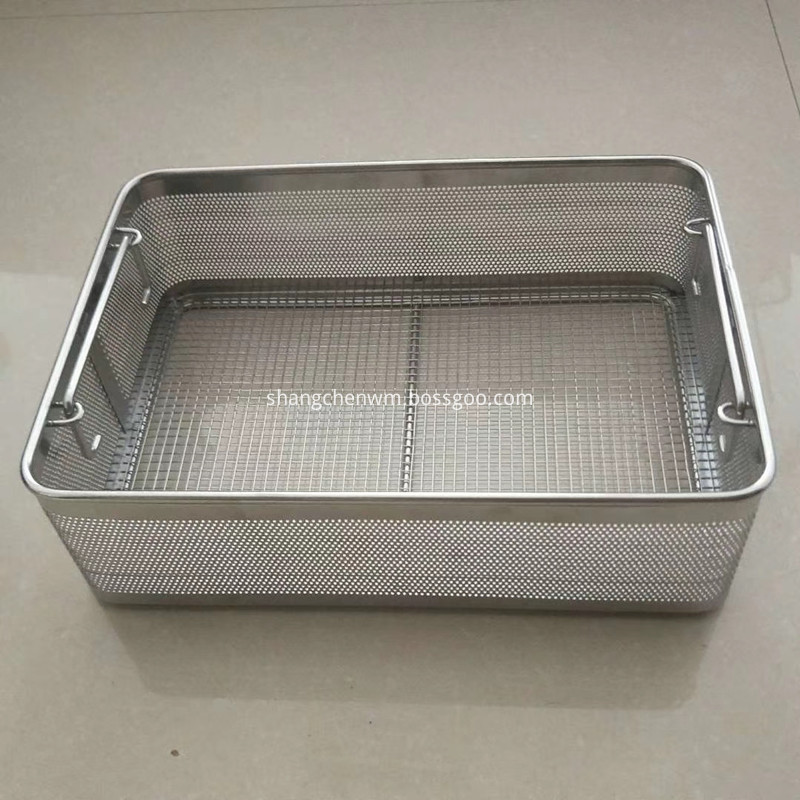I. Variety and Characteristics
Israeli large fruit-type tomatoes, suitable for cultivation in solar greenhouses, mainly include varieties like Camus Asia and Grace. These are thermophilic plants with a late-maturing growth habit and an indeterminate growth type. The growing period can last up to 10 months, and in well-equipped greenhouses, it can extend beyond 20 months. The plants can grow over 10 meters tall, and they are typically ready for harvest 70 to 80 days after planting. They have thick skin, excellent storage and transport resistance, superior taste, vibrant color, strong disease resistance, and good cold tolerance. These features make them one of the top choices for large-scale vegetable production in the market.
II. Cultivation Measures
1. Seedling Sowing
It is best to use seedlings in mid-August. Prepare nutrient soil by mixing 6 parts of fertile field soil with 4 parts of decomposed organic matter. Sieve and mix thoroughly, then add 50% carbendazim or 50 grams of a fungicide per cubic meter of soil. Spread this mixture on the seedbed to a thickness of 12 cm, with a width of 1.2 to 1.5 meters and any length. Before sowing, water the seedbed and wait for the water to soak in. Soak the seeds for 6 hours, mix them with fine sand, and sow at a rate of about 100 seeds per square meter. Sow three times to ensure even distribution. After sowing, cover with 0.5 to 1 cm of moist soil and apply mulch. Once most of the seeds have emerged, remove the plastic film. Keep the seedbed moist by misting in the evening. When the seedlings have 7 to 8 leaves, they can be transplanted into the solar greenhouse.
2. Planting
(1) Soil Preparation: Clear the previous crop immediately after harvest and plow the land. Apply 4,000 to 5,000 kg of well-rotted organic manure or 3,000 kg of chicken manure per acre. Level the ground and create furrows. Make large furrows 90 cm apart, small furrows 60 cm apart, and dig furrows 15 to 20 cm deep. Mix 40 kg of diammonium phosphate and 30 kg of potassium sulfate into each furrow to form ridges. Large ridges should be 90 cm apart, small ridges 60 cm, and ridges 20 cm high. In greenhouses with drip irrigation systems, place the drip pipes in the middle of the small ridges.
(2) Disinfection: After clearing the old crops, disinfect the greenhouse thoroughly. A common method is to seal the greenhouse and use high-temperature fumigation for 4 to 5 days on sunny days. Alternatively, spray a 100-times diluted formalin solution.
(3) Pre-planting Care: Water the seedbed before transplanting to help the seedlings establish. When transplanting, bring as much soil as possible around the roots. Plant two rows per ridge with 40 cm spacing between plants. Water thoroughly after planting. On the next day, lightly water again. Once the soil dries, loosen it and cover with mulch. Ensure the greenhouse temperature does not exceed 30°C. After transplanting, avoid watering and fertilizing until the first truss of fruit has formed. At that point, apply 15 kg of NPK compound fertilizer per acre using drip irrigation.
3. Post-Planting Management
(1) Pruning: When the seedlings reach 30 to 40 cm in height, support the vines. Remove the lower leaves once the first fruit is nearly mature. The first truss usually has 4 leaves, while the second has 5 to 8. Remove the lower leaves after each truss to improve air circulation and light penetration, which helps prevent diseases and enhances fruit color.
(2) Winter Light Management: Focus on maintaining warmth, aiming for 28°C during the day and 10–15°C at night. Ensure adequate light by promptly uncovering the coverings and using ordinary greenhouse film for insulation against rain and snow. Regularly clean the greenhouse film to maintain light transmission.
(3) Winter-Spring Fertilization: Minimize watering to avoid rapid temperature drops. Use warm water stored in the greenhouse for irrigation. Apply 15 kg of compound fertilizer per acre when watering. As temperatures rise in late February and early March, increase both water and fertilizer application. Water every 7 to 10 days and apply one compound fertilizer per session. Foliar applications of potassium-based fertilizers can also be used to boost plant health and improve ventilation. When the plants reach the roof, train the vines by suspending 1-2 stems on a support and crossing them. By late April, lift the front covering of the greenhouse to prevent overheating.
4. Disease Prevention and Control
Although these tomato varieties are naturally resistant to many diseases, leaf mold and gray mold may still occur. To prevent these, ensure good ventilation to reduce humidity. Remove infected leaves early and spray with a 600-times dilution of 75% chlorothalonil wettable powder or a 2000-times dilution of 50% iprodione wettable powder. Timely intervention is crucial for effective disease control.
Metal Basket
Metal Basket
The metal basket including stainless steel basket, galvanized basket, powder coated basket, etc. In general, our baskets be Welded Wire Mesh, weave Stainless Steel Wire Mesh, Perforated Metal sheet and Expanded Metal mesh furthur processing. These wire mesh can be cutting, welded, bending to be basket series.
Using of metal basket : sterilizing of hospital, hotel, family, supermarket, catering, etc.
The advantages of metal basket :
surface smooth
rust-free
corrosion-resistant
non-toxic
sanitary
environmental protection

Metal Basket,Stainless Steel Basket,Drying Basket,Basket Series,Wire Storage Basket
ANPING COUNTY SHANGCHEN WIREMESH PRODUCTS CO.,LTD , https://www.scwiremesh.com